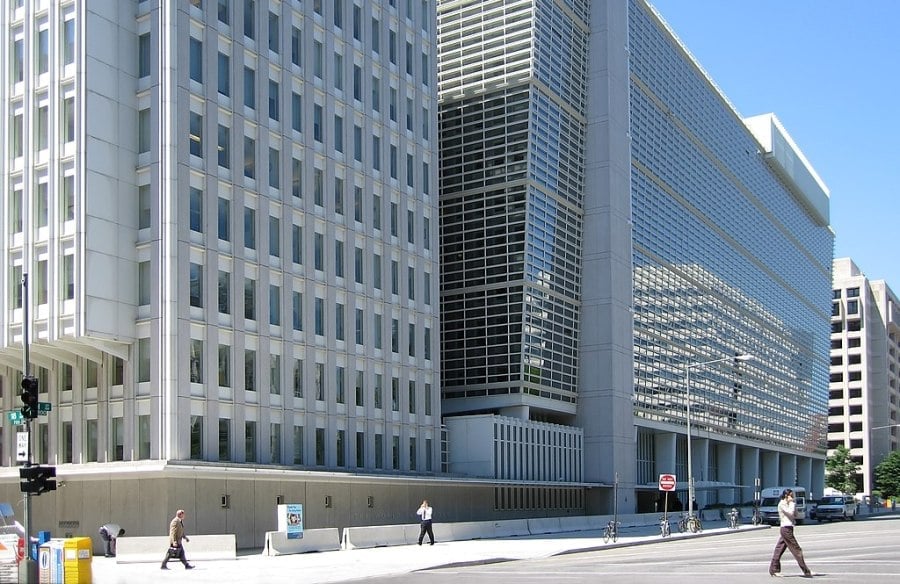Summary of Armenia’s economic development/October/
- In August, economic growth slowed slightly, to 5.6 percent (yoy).
- Inflation fell to 0.6 percent (yoy) in September.
- Re-exports of gold and jewelry remained key drivers of export growth, despite being on the decline.
- Proceeds from tourism and remittances fell significantly in H1 2024 (yoy).
- A deficit in August brought the cumulative budget balance to 0.8 percent of GDP.
- Credit continues to grow faster than deposits.
In August, growth in economic activity slowed to 5.6 percent (yoy), down from 6.2 percent (yoy) in July (Figure 1). Construction and trade continued to grow in double digits (16.5 percent, yoy, and 14.9 percent, yoy, respectively). Growth in services (other than trade) was also high in August, at 9.5 percent (yoy), nearly doubling July’s 4.9 percent (yoy); this was driven by financial, insurance, hotel, and professional services. Industry continued to grow at the modest rate of 2.1 percent; a 5.5 percent (yoy) contraction in mining was offset by a 3.8 percent (yoy) growth in manufacturing due to greater food and cigarette production in August. Cumulatively, the Economic Activity Index grew 9 percent (yoy) from January to August.
Net non-commercial money transfers contracted 18.6 percent (yoy) in August. This was driven by a greater fall in inflows (15.5 percent, yoy) than outflows (9.8 percent, yoy). Net money transfers from Russia dropped sharply by 31 percent (yoy) in August, contributing to the total fall (Figure 2).
Inflation in September was 0.6 percent (yoy), dropping from 1.3 percent (yoy) in August (Figure 3). One percent deflation in food prices was the main reason for the fall. Meanwhile, inflation in transport services reached 9 percent (yoy) in September. Average inflation for January-September 2024 was flat (zero percent).
Despite being on the decline, re-exports of gold and jewelry remained key drivers of export growth in August. Merchandise exports rose by 58.1 percent (yoy), while imports grew by 18.7 percent (yoy). Export growth was largely driven by a three-fold increase in precious and semi-precious stones (including gold and jewelry). Excluding this group, exports grew 11 percent (yoy) in August. Balance of payments data for H1 2024 revealed that the trade deficit in goods improved but the service balance deteriorated. Specifically, there was a 62 percent (yoy) fall in the balance of tourism-related services, with a 6.1 percent (yoy) decline in the number of tourist arrivals in H1 2024 and a 25 percent decline in average spending per tourist (Figure 4) after a strong 2023. Deterioration in the income balance, mostly due to a 28 percent decline in remittances, also contributed to lowering the current account balance.
In September, the AMD was almost stable against the USD and appreciated slightly against the RUB. In comparison to September 2023, the AMD to USD exchange rate was 1.5 percent (yoy) stronger, while the AMD to RUB exchange rate was 3.7 percent (yoy) weaker. The CBA continued to purchase FX from the market to smooth exchange rate sharp fluctuations. International reserves in September decreased slightly (by USD 39 million), bringing the import cover to 2.3 months. the lowest in the last decade.
In August, commercial bank deposits and loans increased 0.3 percent (mom) and 3 percent (mom), respectively, primarily fueled by AMD-denominated funds. Compared with 2023, exchange rate adjusted deposits increased by 9.9 percent (yoy) in August, whereas credits grew by 19.9 percent (yoy) (Figure 5). This raised the loan-to-deposit ratio from 0.89 percent at end-August 2023 to 0.93 at end-August 2024, still below 1 percent. Financial indicators remained robust, with CAR holding steady at 20.3 percent, similar to July. The NPL ratio remained low at 1.3 percent, while return on assets reached 4.6 percent, both 0.1 percentage points higher than in July.
A budget deficit of AMD 26.5 billion (yoy) was recorded in August, bringing the cumulative deficit to 0.8 percent of annual projected GDP. In nominal terms, tax revenues (including mortgage-related income tax refund) grew by 11.1 percent (yoy) in August. Environmental, turnover, and excise taxes recorded the highest growth rate at 40 percent (yoy), 31 percent (yoy), and 18 percent (yoy), respectively. Total expenditure grew by 10.5 percent (yoy) in August, primarily driven by spending on social protection, which grew by 29 percent (yoy) due to additional outlays in support of refugees. Meanwhile, capital expenditure decreased 0.5 percent (yoy) in August. Cumulatively, tax revenues grew 8.8 percent; however, net of mortgage-related income tax refunds (as in previous years), total tax revenues increased only 5.3 percent (yoy), while total expenditure grew 16 percent (netting out mortgage-related payments). This increased the budget deficit to AMD 84.6 billion, compared with an AMD 71.6 billion surplus in the same 2023 period (Figure 6).




















































